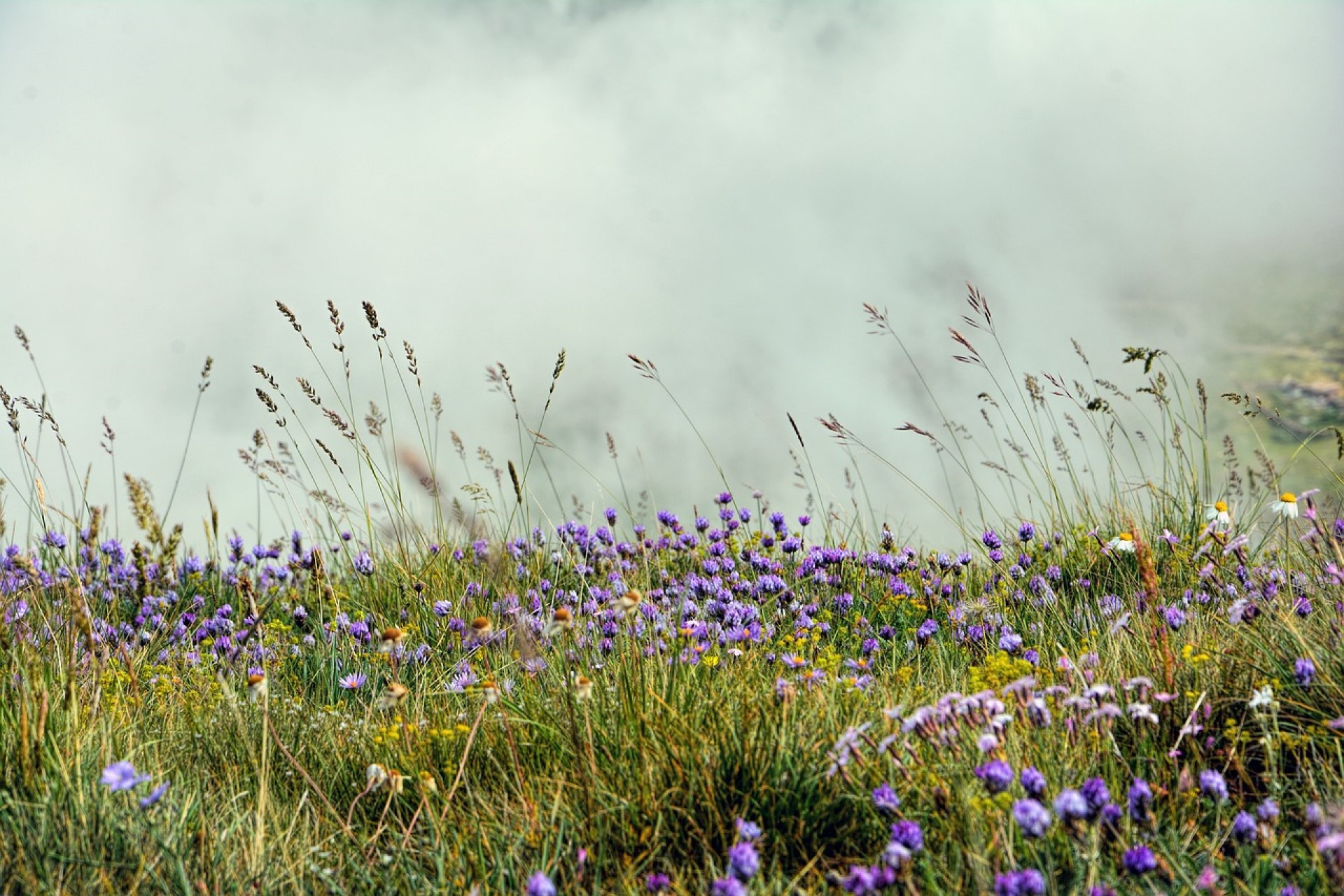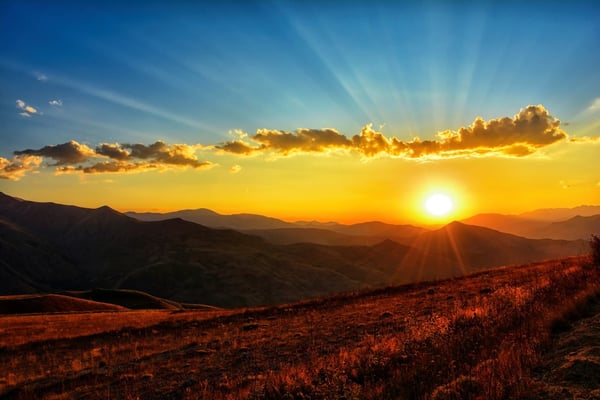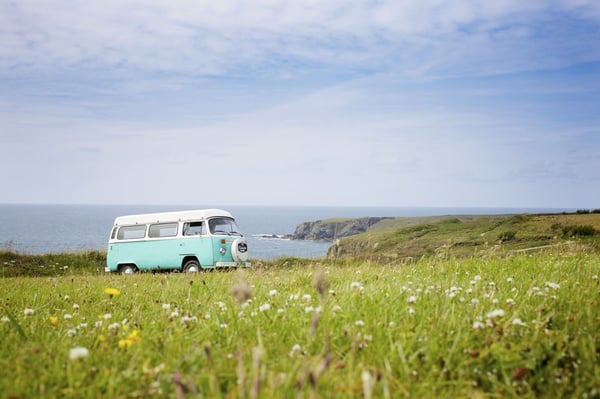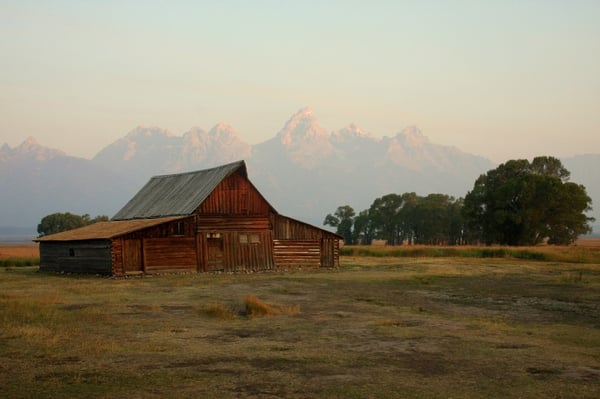
Most people know that America used to be prairie, but most don’t know the incredible richness of diversity that these endless grasslands comprised.
To hear the colonists of the 18th and 19th centuries tell it, America was at one time a vast expanse of virgin forest and grassland.
Then there are more recent historical accounts, such as Charles C. Mann’s 1491: New Revelations of the Americas Before Columbus, which holds that all that untenanted space was an illusion. Rather, Native Americans had stewarded these lands for 20,000 years – and were only absent due to very recent cultural influences and devastating disease.
Those Native Americans intentionally set controlled burns that held back the advance of forests in the Southeast, Midwest and West, leading to billions of acres of gorgeous and diverse prairie.
Whatever version of the anthropological record you choose to believe, one thing’s for sure: From coast to coast, America used to boast grasslands of epic proportion. Equally certain: Most of them are now gone, with devastating consequences for the health of humans, animals, plants, pollinators and the ecosphere as a whole.
It’s time to bring them back.
What America’s Grasslands Used to Look Like
 According to a recent profile in Yale 360, the American Southeast was once primarily grassland and savanna (prairie with lone trees dotted throughout).
According to a recent profile in Yale 360, the American Southeast was once primarily grassland and savanna (prairie with lone trees dotted throughout).
“Native prairie and savanna once covered vast areas of the U.S. Southeast from Maryland to Texas, but agriculture and sprawl have left only small patches remaining,” says the author of the piece.
And, adds her subject Dwayne Estes, “Before 1840, those agricultural fields were prairies covering half a million, maybe 750,000 acres. They were maintained by frequent fires and bison.”
Today, with the bison largely depleted and the majority of American fires actively fought, such maintenance doesn’t happen. This allows the forest to encroach – when it can even compete with human environments, that is.
Overall, the biome has suffered depletion levels of 90 percent, close to 100 in some places.
“Yet the remaining scraps include more grassland plants and animals than the Great Plains and Midwest combined,” adds Yale, “a big part of the reason why the Southeast coastal plain, the flat, low-lying portion of the region that extends inland from the Gulf of Mexico and Atlantic Ocean, was designated the latest of the world’s 36 biodiversity hotspots in 2015.”
Speaking of biodiversity, let’s talk about that.
Genetic Diversity in American Grasslands
 It’s no secret that grasslands are amazing sources of biodiversity.
It’s no secret that grasslands are amazing sources of biodiversity.
“Sorry, tropical rain forests,” says Nat Geo. “Grasslands have the most plant species—at least when the area studied is smaller than a few parking spaces. In a recent study, biologists scoured data from previous papers about plant-rich ecosystems around the world and discovered that grasslands harbor the most plant species in areas less than 540 square feet (50 square meters).”
The story is no different in the American Southeast, adds Yale: “A prime example is North Carolina’s Green Swamp Preserve, home to rare species of conservation concern, like the Venus flytrap and the Grasshopper Sparrow. According to Johnny Randall, director of conservation programs at the North Carolina Botanical Garden, a regional partner of SGI, as many as 50 plant species have been found in some one-square-meter plots of the preserve’s wet pine savanna. At the 10-square-meter scale, Randall says, ‘it’s upwards of 80 plant species.’”
Grasses are excellent at competing for light and space, it turns out, and so pack in closer than sardines in a tin when it comes to prairie and savanna environments. That means an impressively varied buffet for pollinators, birds, small mammals and even large hoofed ones.
Or at least, it did once upon a time.
Today, as we know, the picture is a little less rosy. It’s time to do something about it.
Managing America’s Prairies and Grasslands for Future Generations
 Mann’s compelling and well-researched vision of an America stewarded coast to coast is at once sad and hopeful.
Mann’s compelling and well-researched vision of an America stewarded coast to coast is at once sad and hopeful.
Sad for obvious reasons; hopeful because it means our country has been managed before – and quite successfully. At Ecogardens, our goal is to make management of grasslands and other native habitats de rigeur, so commonplace that we live cheek-by-jowl by native environments and the species that inhabit them.
When it comes to grasslands, there are a number of steps we can take to work toward this vision, including:
- Restoring and reconnecting small and isolated patches of vegetation, the same way conservationists are trying to reestablish wilderness corridors for apex predators
- Identifying grassland remnants and restoring prairie in those places
- Planting species native to your area in small patches, either inside or outside the city
- Collecting seed from native plants, saving it, sharing it and replanting it in new areas
Granted, these steps may look intimidating. They’re certainly harder than waltzing down to your closest garden center and purchasing a few plants to add to the front bed.
But they are achievable if we work together, especially if you work with someone who knows what they’re doing and loves doing it like you wouldn’t believe.
*cough* Ecogardens *cough*
But seriously: Whether you want help restoring or stewarding a large sweep of native prairie or just want to bring some small piece of grassland to your urban environment, we can help you do that through intelligent and informed stewardship. We would love to tell you more about it today, so get in touch!

